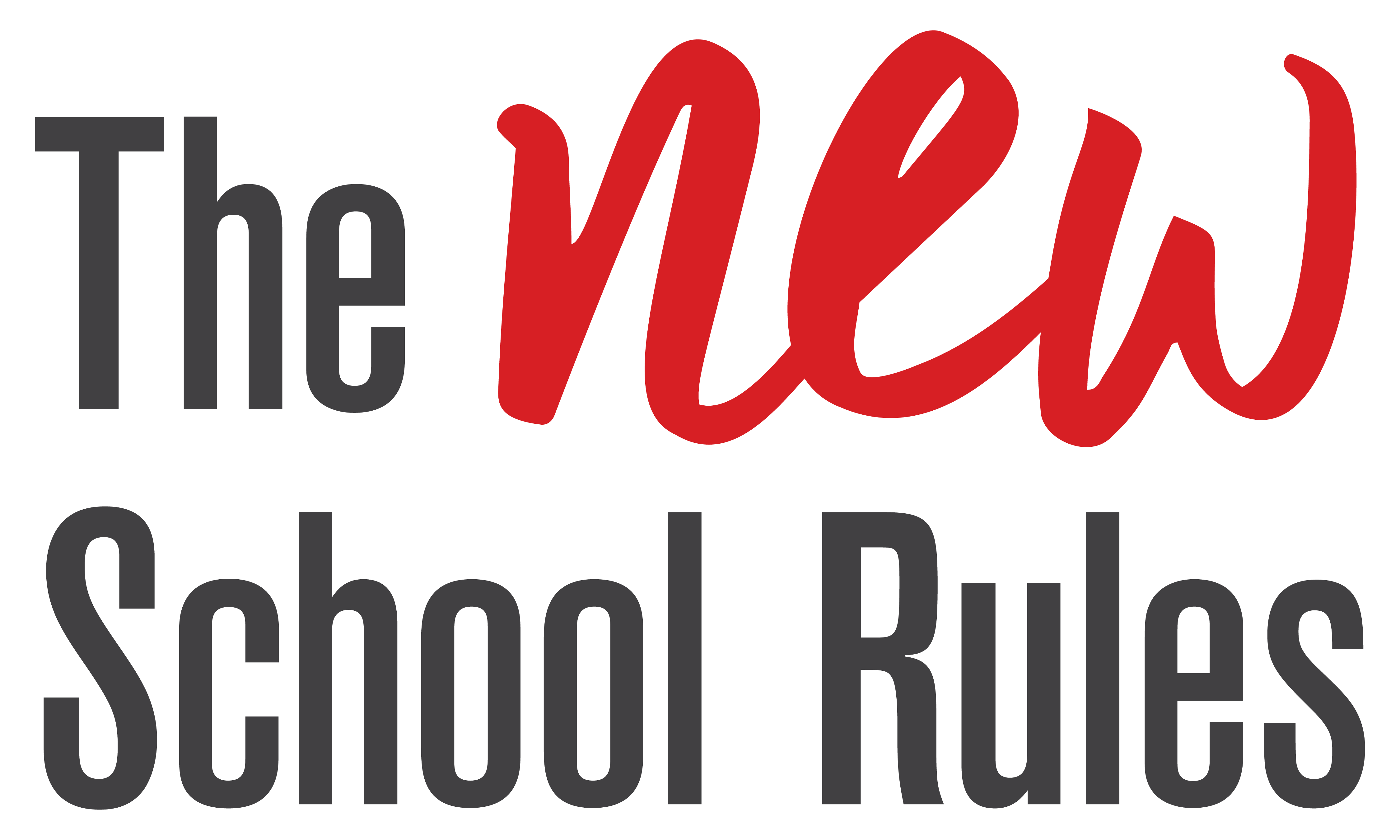The 6 Rules
Practices For Thriving Organizations
6 rules to transform your team and organization
We spent the past seven years studying the practices that have the biggest impact on how organizations function and how work gets done. These six rules are the culmination of our research. The rules can be used in any order based on your team’s needs.
 Planning
Planning
As U.S. General Dwight Eisenhower said, “In preparing for battle, I have always found that plans are useless, but planning is indispensable.” We need to stick vigilantly to our purpose, not the plans we make to get us there. We need to approach planning as a way of thinking, not a set “product” or “plan” that has value in and of itself.
 Teaming
Teaming
Working in teams is the norm for most organizations, but our understanding of teamwork and team roles is often shaped by legacy, hierarchical systems. As organizations focus on becoming more responsive, we need new ground rules for how to align on purpose, how to share authority, and how to structure team meetings.
 Managing Roles
Managing Roles
We often think of our role as our job title, but roles are actually fluid and change frequently based on the needs of teams and organizations. Rethinking the relationship between roles, accountabilities, and people is an essential component in changing the way work gets done and decisions get made within and across teams.

Not sure which rules to start with?
Take our quiz for recommendations on where to begin
 Decision-Making
Decision-Making
As individuals, we make hundreds of decisions every day. As organizations, however, we often lack systems to help groups of people make decisions. By granting authority to others and aiming for safe enough to try instead of consensus, we can help our teams make decisions in a way that is effective, efficient, and empowering.
 The Learning Organization
The Learning Organization
From our research we’ve found that the organizations who are the most successful, innovative, and happy are those that are able to cultivate a learner’s mindset across individuals and teams. The process of identifying a learning goal, learning, reflecting, and applying learning is powerful for both your people and your organization.

Connect with Us
Let us know who you are and what you’d like to learn more about



 Sharing Information
Sharing Information